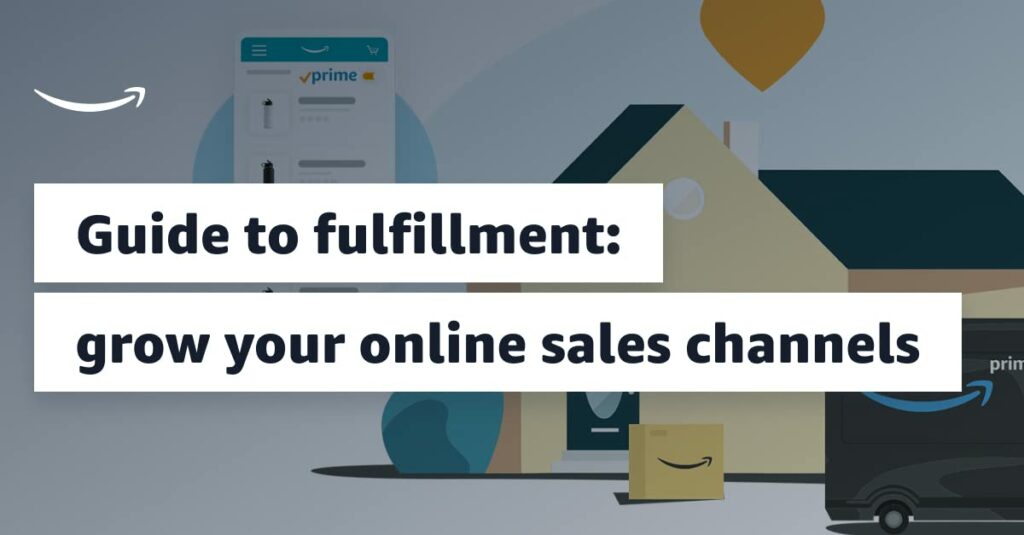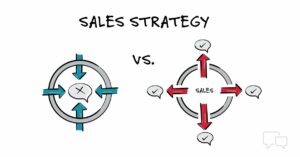Mastering Fulfillment: A Comprehensive Guide to Setting Up Fulfillment Options for Your Amazon Products

Fulfillment is a critical aspect of selling products on Amazon. Choosing the right fulfillment option can impact your operational efficiency, customer satisfaction, and overall success as a seller. In this comprehensive guide, we’ll explore the various fulfillment options available on Amazon and walk you through the step-by-step process of setting up fulfillment for your products.
Understanding Fulfillment Options on Amazon
Before diving into the specifics of setting up fulfillment, it’s essential to understand the different options available to sellers on Amazon:
- Fulfillment by Amazon (FBA): With FBA, Amazon takes care of storing, picking, packing, and shipping your products to customers. Sellers send their inventory to Amazon’s fulfillment centers, and Amazon handles the rest. This option is ideal for sellers who want to outsource the logistics of order fulfillment and benefit from Amazon’s extensive fulfillment network and Prime shipping options.
- Fulfillment by Merchant (FBM): With FBM, sellers are responsible for storing, picking, packing, and shipping their products to customers. Sellers retain full control over the fulfillment process and can choose their preferred shipping carriers and methods. This option is suitable for sellers who prefer to manage their own inventory and fulfillment operations or who sell products that are not eligible for FBA.
Now that we’ve covered the basics let’s dive into the step-by-step process of setting up fulfillment options for your Amazon products.
Step 1: Access Your Amazon Seller Central Account
To begin setting up fulfillment options for your Amazon products, log in to your Seller Central account using your credentials. Once logged in, navigate to the “Inventory” tab to access your product listings.
Step 2: Choose Your Fulfillment Option
In the Inventory tab, locate the product for which you want to set up fulfillment options. Click on the product listing to open the product details page. From here, you’ll have the option to choose your fulfillment method: Fulfillment by Amazon (FBA) or Fulfillment by Merchant (FBM).
Step 3: Set Up Fulfillment by Amazon (FBA)
If you choose FBA as your fulfillment option, you’ll need to create a shipping plan and send your inventory to Amazon’s fulfillment centers. Follow the prompts in Seller Central to create a shipping plan, print shipping labels, and prepare your shipment for pickup or drop-off at a designated carrier location.
Step 4: Set Up Fulfillment by Merchant (FBM)
If you choose FBM as your fulfillment option, you’ll need to configure your shipping settings and policies in Seller Central. Specify your shipping rates, carrier options, and delivery speeds to provide accurate shipping estimates to customers. You’ll also need to manage your inventory levels and fulfill orders promptly to maintain high customer satisfaction.
Step 5: Optimize Your Fulfillment Strategy
Once you’ve set up your fulfillment options, it’s essential to continually optimize your fulfillment strategy to maximize efficiency and customer satisfaction. Monitor your inventory levels, shipping times, and order processing metrics regularly to identify areas for improvement and make adjustments as needed.
Step 6: Consider Additional Fulfillment Services
In addition to standard FBA and FBM options, Amazon offers additional fulfillment services that sellers can leverage to streamline their operations and improve customer service. These services include Amazon Multi-Channel Fulfillment (MCF), which allows sellers to fulfill orders from non-Amazon sales channels using Amazon’s fulfillment network, and Amazon Seller-Fulfilled Prime (SFP), which enables sellers to offer Prime-eligible shipping options for their products while fulfilling orders themselves.
Step 7: Stay Informed and Adapt
Finally, it’s crucial to stay informed about changes and updates to Amazon’s fulfillment policies, procedures, and fees. Keep up with industry trends, best practices, and customer preferences to ensure that your fulfillment strategy remains competitive and effective over time.
By following these steps and implementing best practices for setting up fulfillment options for your Amazon products, you can streamline your operations, improve customer satisfaction, and position your business for success in the competitive world of e-commerce. With dedication, strategic planning, and a customer-centric approach, you can achieve your goals and build a thriving business on Amazon.




